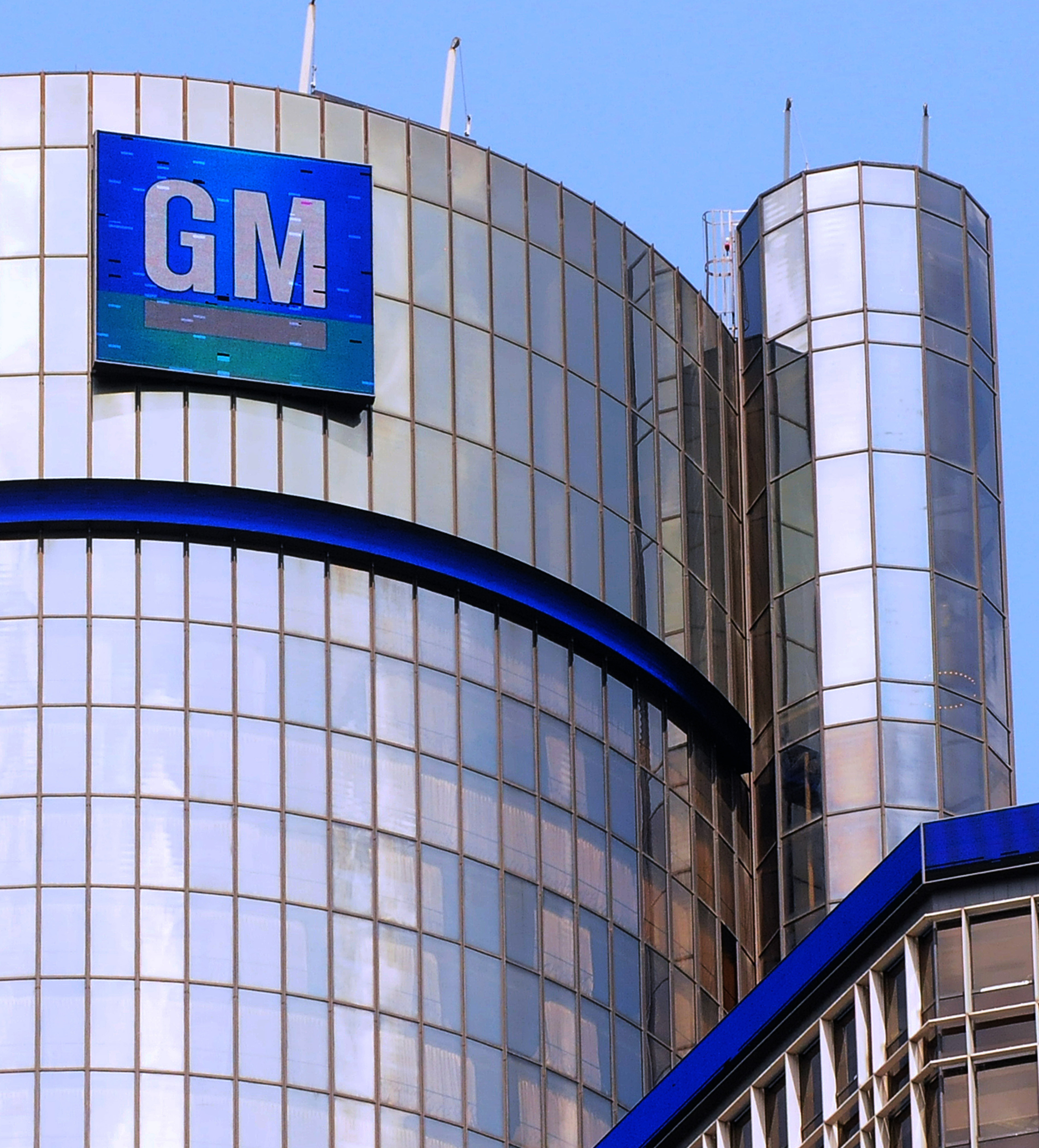Sign up for the daily CJR newsletter.
On the night of September 16th, security guards and a small crowd waited in the parking lot at the General Motors plant in Rochester, New York, for a strike that no one knew for sure would come. As the minutes ticked by it seemed it wasn’t going to happen at all. Then, about 20 minutes after midnight, hundreds of workers began flooding out of the turnstiles at the front gates of the plant, many of them shouting and high fiving as they walked out. It was the first strike in 39 years, as 49,000 GM workers at 52 facilities across 19 states went on strike.
A strike at one of the city’s biggest employers should be front-page news. But for two days, the local daily, the Rochester Democrat-Chronicle, didn’t even run a story on the strike’s effects on local workers, 1,000 of whom work at the Rochester plant, and 840 of whom are members of the United Automobile Workers union. (This week, as the strike continues, there wasn’t a single mention of it on the home page of the newspaper’s web site.)
In another age, walkouts at a company as large as General Motors would have received around-the-clock coverage, appeared on the top of daily newscasts and on front pages. Now, outside of the financial press, the Detroit Free Press, and a few diligent local reporters, the strike is treated as an after-thought. The New York Times ran only five reports from the field over the course of a month, while the Washington Post ran none and relied entirely on wire services for its coverage.
The stories that have appeared on the strike in the mainstream press have tended to frame it, incorrectly, through a Trump lens, offering up a false narrative of angry white working-class GM strikers, precisely the kind of people who propelled Trump to the presidency. One Chicago Tribune headline read “As UAW strike against GM drags on, President Donald Trump has plenty of 2020 supporters on key Michigan picket line.”Vox wrote that the strike gives “Democrats a unique opportunity to reach disillusioned Trump voters.”
These storylines play into a mistaken stereotype: in fact, only 28 percent of UAW members voted for Trump, according to a survey by the union. Worse, they also ignore the role of African American workers in helping to lead these strikes. While African Americans comprise 12 percent of the workforce, they make up 17 percent of automotive manufacturing workers, according to the Bureau of Labor Statistics.
“The reason that reporters are underserving the GM strike is the same reason they’re missing the engagement of black people in the labor movement — there just isn’t a serious investment on the part of these outlets in looking at the world through the eyes of wage workers,” says Janine Jackson, a veteran labor reporter and program director at Fairness and Accuracy in Reporting. She notes that the media, which is 83 percent white, mostly fails to cover the diversity of unions because few reporters come from racially diverse, working-class backgrounds. “For media elites, the image of ‘America’s working class’ is a white image; black people go in a separate category. It’s divisive and ahistorical and wrong.”
It’s evident that most news outlets don’t see covering workers as a serious beat in the way they see crime or sports. Just five out of the top 25 newspapers have full-time labor reporters. But the potential audience is there. In 2015, after getting fired during a failed union drive at Politico, I started Payday Report as a crowdfunded labor news site using my National Labor Relations Board settlement as seed money. In three years, we have raised $100,000 directly from readers to cover stories of the labor movement that most local papers ignore.
During the GM strike, we were able to raise over $5,000 to file over a dozen stories from Rochester, Toledo, Cleveland, Tennessee, and Kentucky. With the exception of massive outlets like Reuters and AP, we filed more on-the-ground stories from more states than any other outlet in the US.
The lesson is clear: people want to read about labor news — and they will pay good money for it.
ICYMI: The segment that shook the media world
Has America ever needed a media defender more than now? Help us by joining CJR today.







